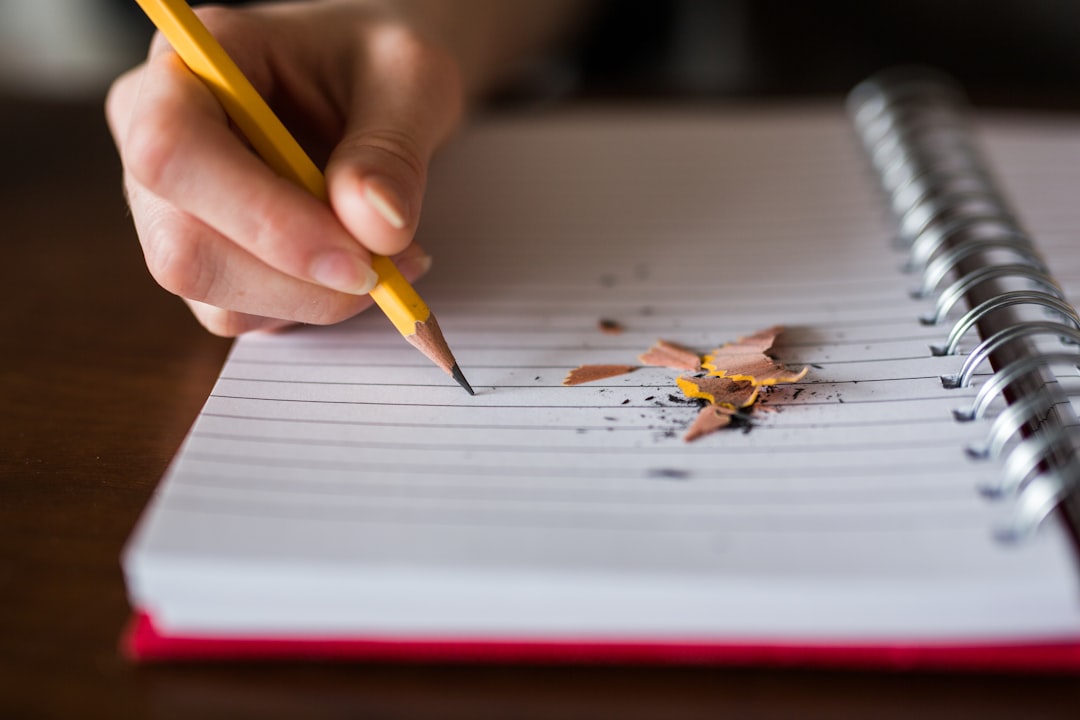In the grand halls of medieval Persian courts, the art of inshaʾ (انشاء), or elegant letter-writing, occupied a place of honor alongside poetry and calligraphy. More than mere correspondence, inshaʾ was a refined genre combining rhetoric, style, and social grace—an indispensable skill for statesmen, scholars, and poets alike. Today, its conventions and delights have largely faded from popular memory. Let’s rediscover this vanished cultural treasure.
1. What Is Inshaʾ?
Inshaʾ refers to the craft of composing letters, petitions, and formal documents in a polished, rhetorically rich prose. Unlike dry administrative record-keeping, inshaʾ prized:
-
Eloquent openings (madāḥiya): ornate salutations praising the recipient’s virtues.
-
Structured arguments (muqāṭaʿāt): neatly arranged points, often signposted by antonymic or parallel phrases.
-
Artful closings (khatima): graceful conclusions invoking goodwill or divine blessings.
Imagine a high-stakes petition to a sultan: every phrase is an opportunity to flatter, to persuade, and to showcase the writer’s learning.
2. Historical Roots and Manuals
Although letter-writing existed in earlier Islamic culture, Persian scholars elevated inshaʾ into a full literary discipline from the 10th century onward. Two landmarks stand out:
-
“Dīvān al-Inshāʾ” by Ibn ʿAbd Rabbihi (d. 940)
– A groundbreaking anthology of letters, poems, and administrative documents from the Umayyad court in al-Andalus.
– Its model salutations and closings set patterns that Persian secretaries adopted. -
“Al-ʿAmal bi-l-Inshāʾ wa-l-Khaṭ̣̣iṭ̣̣̣” (The Practice of Composition and Calligraphy) by Nizam al-Mulk (d. 1092)
– The brilliant vizier to the Seljuk sultans, Nizam al-Mulk compiled guidelines for bureaucrats in his famous Siyāsatnāma.
– He emphasized clarity (wudhūḥ) alongside ornament (“the lamp of prose”), insisting that elegance serve purpose.
These manuals circulated widely: every hopeful chancellery clerk memorized key phrases before setting pen to paper.
3. Conventions of Style
3.1 The Five-Part Frame
A classical Persian inshaʾ often unfolds in five stages:
-
Ism wa Kunyā (Name and Honorific): “To the shadow of justice, the jewel of wisdom, His Royal Majesty Sultan ʿAlī…”
-
Madḥ (Praise): Three to five lines extolling the ruler’s virtues or achievements.
-
Matlūb (Request): The substantive petition or information—artfully introduced with contrastive or conditional phrases (“Were it not for…” / “Since Your Majesty…”).
-
Shukr (Gratitude): Expressions of loyalty and thanks.
-
Khatīma (Closing): Prayers for well-being, often invoking divine mercy and the longevity of the ruler’s reign.
3.2 Rhetorical Devices
-
Tajānīs (Puns & Sound-play): Delicate wordplays that delighted literate recipients.
-
Antithesis & Parallelism: “Your generosity is the river; my need, the parched earth.”
-
Allusions: Subtle references to Qur’ānic verses or famous poets, signaling erudition.
4. Voices from the Past: Sample Excerpt
Consider this reconstructed opening from a 12th-century letter to the Seljuk court:
“To the august sun whose radiance dispels the shadows of injustice,
to the peerless pearl set in the diadem of sovereignty—may your splendour endure as the heavens endure…”
Even in translation, the blend of metaphor and veneration is palpable. In the original Persian or Arabic, each phrase would carry echoes of earlier masters.
5. Social and Political Role
-
Courtly Promotion: A well-crafted inshaʾ could win a position or safe passage. Poor style, in contrast, marked a writer as uneducated.
-
Diplomacy: Embassies exchanged elaborate dispatches brimming with polished praise and nuanced requests.
-
Cultural Prestige: Mastery of inshaʾ signaled membership in the literary elite; aspiring poets often began their careers composing letters for patrons.
6. Decline and Legacy
By the 19th century, Western administrative models and the rise of print transformed bureaucracy. The florid prose of inshaʾ gave way to terse memos and telegrams. Yet:
-
Modern Persian epistolary writing still echoes classical formulas in wedding invitations and official speeches.
-
Literary revivals occasionally mine inshaʾ anthologies for their linguistic jewel-cases.
-
Academic studies on divan al-inshaʾ and secretarial manuals re-illuminate this lost art.
7. Rediscovering Inshaʾ Today
For lovers of language, the conventions of inshaʾ offer:
-
A masterclass in rhetorical discipline: Every flourish serves a purpose.
-
Inspiration for modern writing: Evocative opens and closes can enrich emails and letters.
-
Cultural continuity: Through inshaʾ, we connect with the aesthetic values of medieval Persia.
“May our tongues learn the grace of old, that our words may shine like polished gems.”
Though the courtiers’ desks have long been cleared, the art of inshaʾ still whispers across the centuries—inviting us to write not just with information, but with elegance and heart.





